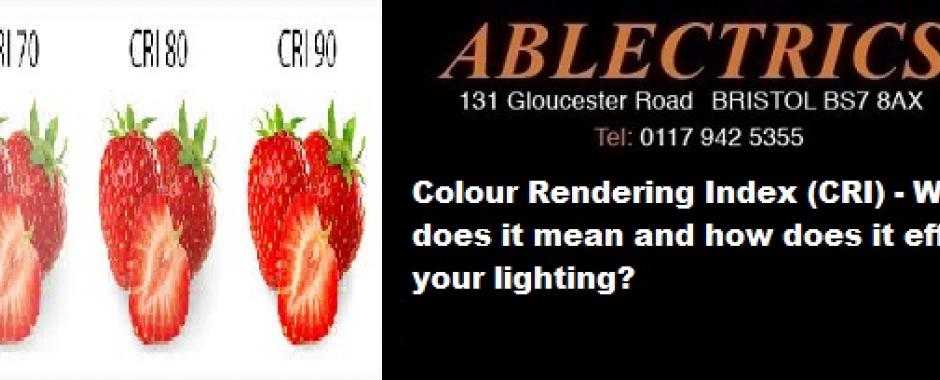Colour Rendering Index (CRI) is the measurement of a light's ability to reproduce the colours of various objects as they would have been seen in natural light. Realistically this means the CRI is a guage of the light source's ability to show colours 'naturally', comparable to how they would be viewed in daylight. This is very important as whilst the technology has been advancing it has been very difficult to for LED light sources to match the CRI (while maintaining high efficiency) and therefore are most frequently ignored (the CRI spec value appears only on a very small percentage of LED product packaging, For that reason, LED light bulbs with a high CRI can be worthy replacements for incandescent light bulbs. Most LED lights do not have a CRI above 90 nut fall between the 80-90 range.
With a good color display, subtle variations in the color spectrum are revealed, this is important generally but more so in venues such as art galleries, boutiques, jewellers and workshops. The Color Rendering Index (CRI) is a scale of 0 to 100 percent. This index indicates how accurate a light source displays colors are compared to daylight. The higher the CRI, the better the lamp displays colors. Lamps with a CRI between 80 and 89 have a high color display. This makes them suitable for almost all applications. Light sources with a CRI higher than 90 have excellent color reproduction although they are becoming harder and harder to find as they are not often cost efficient for manufacturers to produce.
It is important to know that CRI is independent of the color temperature. The color temperature creates ambience, but does not affect the color display. It is also worth noting that CRI does not apply to 'coloured' or RGB lamps.
As stated CRI is differnet to 'Colour Temeperature' if you would like to learn more about colour temperature, you can read about it in our blog here:




